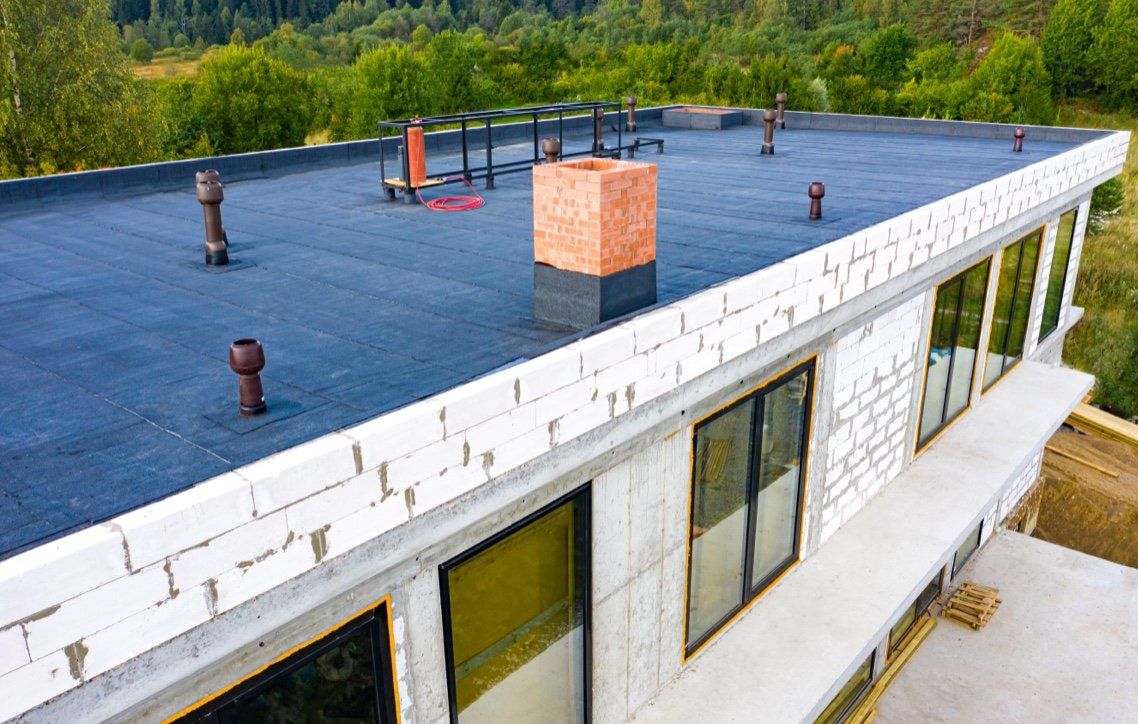Each season presents unique challenges for your roof. Whether it's the heat of summer or the chill of winter, knowing how weather affects your roof can help you protect it throughout the year. Here are some essential roofing tips.

The Effects of Rain, Snow, and Heat on Roofs
Heavy Rain: Excessive rainfall can lead to leaks, mold growth, and erosion. If your roof isn't properly sealed, water can get in and cause damage.
Snow and Ice: Snow buildup can cause your roof to sag or even collapse if left unchecked. Ice dams form when melting snow refreezes at the roof’s edge, blocking drainage and causing leaks.
Summer Heat: Heat can warp, crack, or buckle shingles, and the constant expansion and contraction of roofing materials in hot weather can weaken the roof’s structure over time.
Getting Your Roof Ready for Extreme Weather
Preparing your roof for extreme weather is crucial. Here are some steps to help you keep your roof in good condition throughout the year:
- Clean gutters: Ensure that gutters and downspouts are clear of debris to prevent water backup during rain or snow melt.
- Check your shingles: Inspect your shingles and replace any that are damaged or missing before extreme weather hits.
- Seal cracks: Look for cracks or gaps and seal them to prevent water from seeping into your roof during storms or snowmelt.
- Ensure proper insulation: Proper insulation helps maintain energy efficiency and prevents ice dams from forming.
Recommended Inspections and Repairs by Weathercraft
We recommend getting a professional roof inspection at least twice annually—once in spring and once in fall. Our experts will assess any weather-related damage and provide recommendations for repairs to help your roof withstand extreme weather.